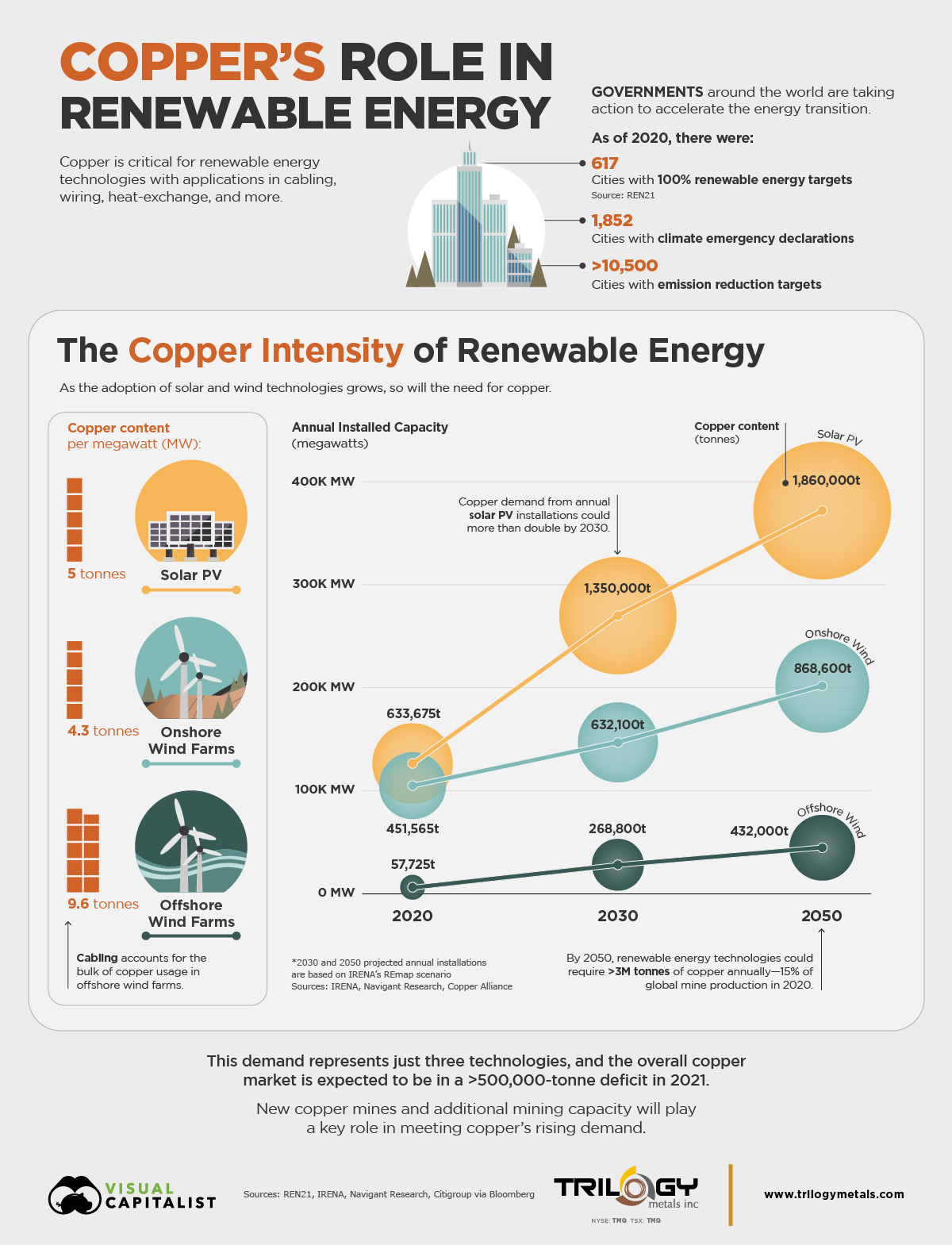On November 9, 2021, the U.S. Geological Survey announced it is seeking public comment, on a draft revised list of critical minerals. The revised list is the latest development in a broader move towards a more comprehensive mineral resource policy on the part of the U.S. Government — a long-overdue shift that began to gain steam in 2018, when the Department of the Interior released the nation’s first list of metals and minerals deemed critical for U.S. economic and national security.
The 2018 list was developed in consultation with other cabinet agencies pursuant to Executive Order 13817, and set off a flurry of activities relating to critical mineral resource policy. Later codified into law, the Critical Minerals List statute directs that “…the methodology and list shall be reviewed at least every 3 years.” The 2021 revised list is the first such review.
In those three years, as friends of ARPN appreciate, a lot has happened. The ongoing coronavirus pandemic caused a global health crisis, threw markets into turmoil and disrupted public life, and trained a spotlight on the complexities and vulnerabilities of supply chains — not only for medical or food supplies and consumer goods, but also for critical minerals.
Meanwhile, against the backdrop of an accelerating global push towards a carbon-neutral energy future, a series of studies make it increasingly clear that this push cannot succeed without massive inputs of critical minerals. As the World Bank and IEA have concluded — and as Dr. Morgan Bazilian, Director of the Payne Institute and Professor of Public Policy at the Colorado School of Mines told members of Congress after the publication of the first Critical Minerals List — “the future energy system will be far more mineral and metal-intensive than it is today.”
With pressures mounting, and policy makers grappling with the new realities of 21st Century resource policy imperatives, it is only appropriate that 2021 sees an update to the U.S. Government’s 2018 Critical Minerals List.
While the 2018 list comprised 35 metals and minerals, this year’s draft update has grown to 50, and includes the following:
“Aluminum, antimony, arsenic, barite, beryllium, bismuth, cerium, cesium, chromium, cobalt, dysprosium, erbium, europium, fluorspar, gadolinium, gallium, germanium, graphite, hafnium, holmium, indium, iridium, lanthanum, lithium, lutetium, magnesium, manganese, neodymium, nickel, niobium, palladium, platinum, praseodymium, rhodium, rubidium, ruthenium, samarium, scandium, tantalum, tellurium, terbium, thulium, tin, titanium, tungsten, vanadium, ytterbium, yttrium, zinc, and zirconium.”
Recognizing the REEs and PGMs
As USGS explains, “[m]uch of the increase in the number of mineral commodities, from 35 commodities and groups on the final 2018 list to 50 commodities on the 2021 draft list, is the result of splitting the rare earth elements and platinum group elements into individual entries rather than including them as mineral groups.”
ARPN sees this additional articulation as a welcome development. Not all Rare Earths are created equal, and the 2018 List’s generic category of REEs, plus a separate listing for the non-lanthanide Scandium, masked the myriad technological and market-driven differences between the individual 17 Rare Earths. By referencing 16 REEs – only lab-synthesized Prometheum remains off-list — the 2021 Critical Mineral List invites a more granular approach to a remarkably versatile group. The same is true of the smaller set of Platinum Group Metals, where only Osmium fell short of list-worthiness.
More on this in future posts, but for now – suffice to say that this broader articulation will encourage policymakers to understand that Rare Earth and PGM deposits can and will differ in the degree to which they afford access to the full range of these key materials.
Additions and Subtractions
USGS goes on to note that in addition to the REE and PGM build-out, “the 2021 draft list adds nickel and zinc and removes helium, potash, rhenium, and strontium.” Uranium, too, disappears from the List, on a procedural technicality.
Leading up to the release of the final 2018 list, ARPN’s Daniel McGroarty had submitted public comments calling for the inclusion of Copper, Zinc, Nickel and Lead into the list, so we’re pleased to see that two of those four are included in the 2021 draft list. That said, the rationale for adding Copper and, to a lesser degree, Lead remains strong.
The de-listing of rhenium and strontium deserve closer examination, for a variety of reasons – another subject for a future post.
For now, and by way of a final, first look, the new Critical Minerals List bumps the total number of elements to 50 – essentially half of the naturally-occurring elements on the Periodic Table. As ARPN’s Dan McGroarty noted in his keynote at the Australian In the Zone conference in 2019 that’s proof of the role these materials play in our Tech Metal Era – and of the scope of the challenge we face in discovering and developing robust and reliable sources of such a multitude of critical resources.
As the public comment period commences, ARPN will be covering developments surrounding the new draft list in the weeks to come, so stay tuned for updates.





